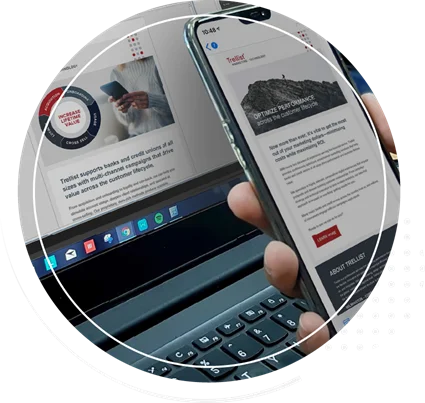Forrester recently identified “five mistakes to avoid when asking for Web customer experience funding,” certainly a good reminder.
- Letting people think the current site is “good enough”
- Being too vague about how they want to spend the money
- Assuming positive ROI will be enough to get a request approved
- Giving in to pressures to cut research and evaluation
- Giving a boring business case presentation
Easier said than done, you might respond. So what are the five best ways to avoid these mistakes? Here’s my list, one per “mistake.”
1) So people are saying the site is good enough? Do a site walk-through for management and show exactly where and how bounces occur, where money is left on the table and how your brand loses out to the competition over a single visit. Show competing sites where appropriate. As everyone around the table starts to fidget half way through, point out that when users fidget, you may well lose them forever, even when your brand is a perfect fit.
2) The group or individual that’s authorizing the budget wants to see a road map with a destination in sight, not a road to nowhere. Document the key functionality to be added. Even if look and feel will be key to improving the experience, you can identify what “pain points” are currently there, even if it’s “bright green makes it difficult to read the call to action,” from #1 and then explain how these will be addressed. Draw straight lines, in writing, from the problem to the solution.
3) Dig out the numbers. What percentage of your all-channel contacts hit the Web site at some point? Do some primary research (can be as simple as store associates asking customers at checkout) if you don’t know. What percentage of your transactions is partially attributable to the Web? It’s not just positive project-level ROI you’re looking for, it’s continued marketing ROI overall, and that won’t happen unless all the major channels are both optimized and talking with each other. In most business models, if your Web site doesn’t support the messaging in other channels, you’re not just wasting money maintaining the Web site, but also on all those e-mails, print ads, trade shows and the like. Remember, the Web has tremendous presence just by its being 24/7. Bring that implication and huge dollar amount to the forefront.
4) The #1 constraint on research and competitive analysis budgets in Web design is a brand manager or marketing director who says, “We know our customers. We know our site. We don’t need to spend money finding out what we already know.”
The best defense is letting this person speak, then quietly asking, “Did we gather what we think we know on the Web, or in our stores and call centers? Is your behavior when you send an angry e-mail the same when you are sitting in this room? For that matter, do you behave the same way with your mother-in-law as with your wife?” Then throw up your hands and say, “What we are asking for is the opportunity to understand how people are behaving and why, while they are communicating via the channel that we want to improve.”
5) What makes a business case boring? Four words: Nothing here for me. Make sure that’s not the case by first pinpointing what everyone, no matter what her silo, wants – stability and growth. While saying if we can’t spend six figures on our site this year, we’ll go bankrupt is hyperbole in some cases, you can note that the Web touches an increasing percentage of customers and prospects, and that audience expectations for seeing a personalized proposition have never been higher.
Consistent, cross-channel positioning and messaging isn’t just an ideal – it’s becoming table stakes in the face of unprecedented competition for everyone’s dollar. If you’re not getting your points across online, chances are that a competitor, or potential competitor, is doing just that.
Sometimes I’ll say, “What people expect online is coming down to the salesperson on the floor who asks, “Can I help you?” and is prepared to give you personal attention. If your experience is more like one-size-fits-all, if it’s impersonal, unfriendly, stiff and unforgiving, wouldn’t you expect someone to leave that store and hit the one down the street? They do, every day. And on the Web, it’s a lot less trouble to “trade up.”
So hit hard on the reasons people are in their positions to start with, and point out that the greatest new products, highest quality service and premier staff are wasted if your message isn’t being heard, understood and acted on. Building out the Web channel robustly also offers advantages like a feedback mechanism, beta tests and so on…but at root, the reason to do it right is to offer an online hub that’s worth connecting to, interacting with, transacting with…and it’s a pretty short step from there to drawing the same conclusions about your brand.












